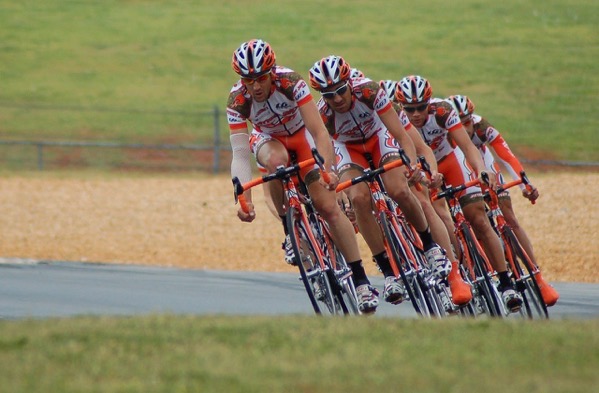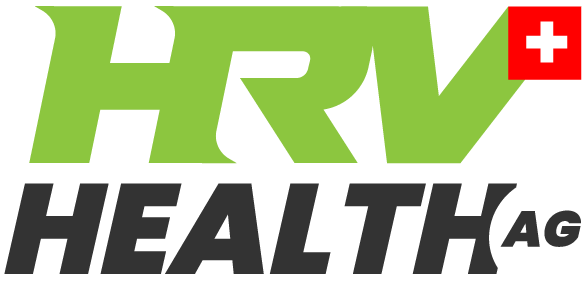HRV Health’s primary focus is general health. That said, we have an increasing number of users who are athletes, and obtain valuable information for their training from the HRV data.
Athletes place stress on their bodies, and it is this stress, if properly directed that makes them fitter and stronger.
An important component of training is recovery. If your body is not properly recovered from the previous workout(s), you could be doing more damage than good.
This is well explained in Dr Andrew Huberman’s podcast on Science of Muscle Growth, Increasing Strength & Muscular Recovery:
Skip to minute 01:26:33 for the section on recovery.
Dr Huberman talks about using HRV, grip strength, and the carbon dioxide tolerance. The test is to slowly breathe in through the nose and out through the mouth four times. Then, breathe in completely to full capacity, and using a stop watch breathe out as slowly as possible, measuring how long it takes to release all the air. The longer you take, the better recovered you are. Between 30 and 60 seconds is good. Below 30 seconds indicates incomplete recovery. We have added a column on the HRV & BP page of the HRV Health platform that will allow you to record your CO2 tolerance from day to day.
Then there is HRV. HRV takes the guesswork out of knowing whether you are ready for the next hard session. How does it do this?
HRV measures stress, and the accumulation of stress leads to a downward trend in the HRV figures. Over training is a syndrome, and like any other illness this shows up in a downward trend in the RMSSD figures and depressed HRV numbers. An unusually low resting heart rate (RHR) is another symptom of overtraining.
 Joel Jamison, a leading expert on the subject of use of HRV for athletes has an excellent article on the subject: The Ultimate Primer on HRV and Heart Rate
Joel Jamison, a leading expert on the subject of use of HRV for athletes has an excellent article on the subject: The Ultimate Primer on HRV and Heart Rate
In the article he explains the science, and why wearables don’t work. As he points out: the single reading at the same time each day provides a consistent basis for comparison. This point can’t be over-emphasised. Good science requires the removal of extraneous variables, and that’s what the consistency of readings does.
The point that he does not make, which is also important, is that wrist borne devices use photoplethysmography (PPG) which uses light and the pulse rather than the electrical signals that generate the heart beat (ECG). Using PPG is very much like measuring a storm by looking at the size of the waves on the shore. Sure, it gives you a pretty good idea, but it’s nowhere near as accurate as having measuring devices in the middle of the storm.
Using HRV to guide good recovery requires that you establish a baseline, and that you take the readings every day. Once you have the baseline, a sizeable decline in your RMSSD
is an indication that you are not ready for another stressful session, yet. An ongoing decline is a signal of possible overtraining[1]Heart Rate Variability & Overtraining. Really not good.
So how do you use the HRV readings to determine how hard to train, and what guidance does HRV Health provide in this area. The answer is: we have not yet developed algorithms for this purpose yet.
This is an area that interests us. If you want us to prioritise the development of the algorithms, please let us know on the HRV Health support page. Please make sure that you are logged in before making a request.
We will update this article as we come to grips with this fascinating topic.
Update:
HRV Health has introduced a new feature for users, providing them with advisories on their recovery status with suggestions that will help users to optimise their training.
Read more:
The Ultimate Primer on HRV and Heart Rate
How to use Heart Rate Variability (HRV) to optimise your training and recovery
5 Simple Strategies to Boost your HRV
References
| ↑1 | Heart Rate Variability & Overtraining |
|---|
